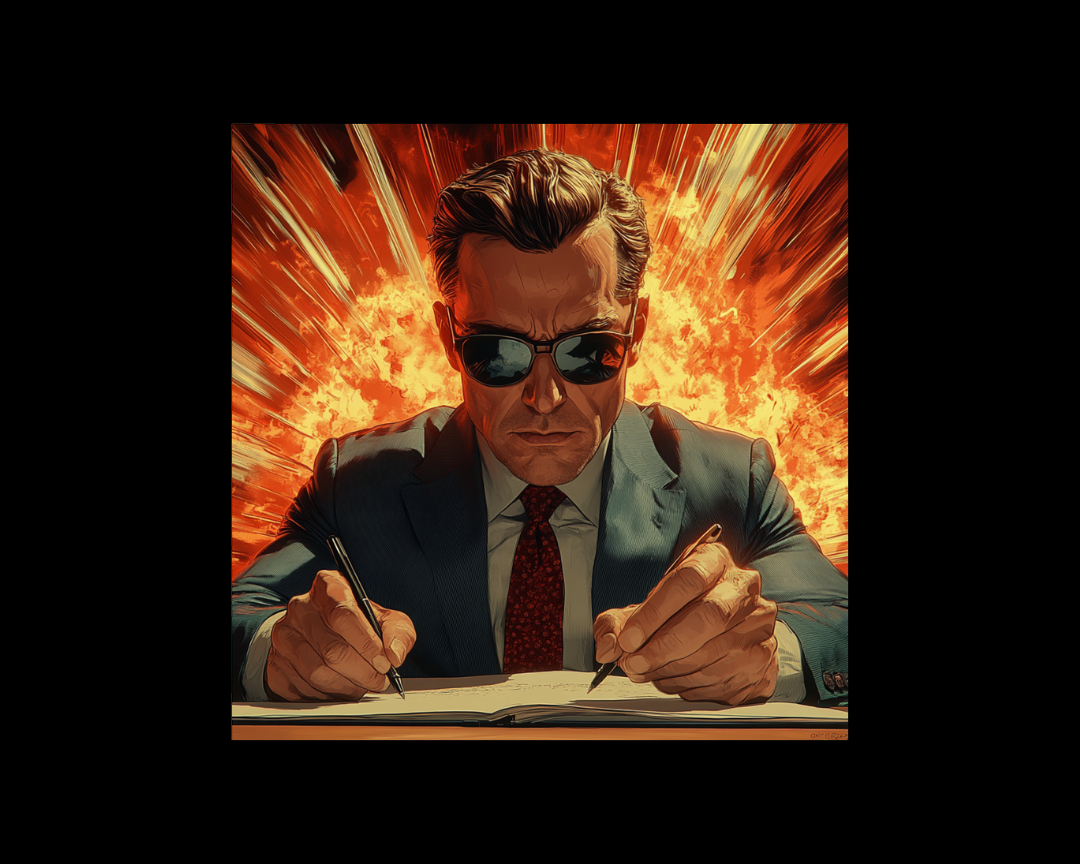Start Thinking About Your Writing Strengths
It's time to flip the script on how writers approach their craft. For far too long, the writing community has been stuck in a rut of self-doubt,...

Every writer knows the feeling: you're deep in a manuscript when suddenly a brilliant new concept appears, shimmering with possibility. This "shiny new idea syndrome" can derail your current project and lead to a graveyard of unfinished drafts. But how do you decide which story truly deserves your time and creative energy?
New story concepts arrive without baggage, promising adventure and none of the challenges you're facing with your work-in-progress. As John Steinbeck aptly noted: "Ideas are like rabbits. You get a couple and learn how to handle them, and pretty soon you have a dozen."
The goal isn't to stop these ideas from multiplying but to develop a system for choosing which one to pursue. At Hire a Writer, we believe in nurturing creativity while building the discipline to finish what you start.
The "flow state" – that magical condition where words pour effortlessly onto the page – requires focus. New ideas can disrupt this flow, pulling your attention away from completing your current project. By establishing clarity about why a particular story matters to you, you can recommit to your WIP and protect your creative momentum.
To choose between multiple compelling ideas, consider both emotional and commercial factors:
Remember what John le Carré famously said: "The cat sat on the mat is not a story. The cat sat on the DOG'S mat is a story."
Still torn between ideas? Try this analytical approach:
Score each idea from 1-5 (with 5 being highest) in these categories:
Tally your scores – but pay attention to your reaction to the results. Are you disappointed that Idea #2 scored low? That might indicate a stronger emotional attachment than you realized. Does the "winner" leave you feeling flat? That's valuable information too.
Once you've committed to a story, here's how to stay faithful:
Sometimes working on multiple projects simultaneously can be productive. If that's your approach:
Choosing which story to write isn't about finding the "perfect" idea – it's about committing to one that excites you enough to reach "The End." The next time a shiny idea beckons, ask yourself: Is this truly the right story for right now? Or is it a distraction from the challenging but important work of finishing what you've started?
What will your next great story be? More importantly – are you ready to see it through?
Looking for help transforming your brilliant ideas into finished stories? Check out our Fiction Writing Services or explore our insights on Writing Through Different Lenses.

It's time to flip the script on how writers approach their craft. For far too long, the writing community has been stuck in a rut of self-doubt,...

Attention all you writers, dreamers, and goal-chasers out there! Listen up because we're about to dive into the wonderful world of vision boards and...

It's time to talk about the elephant in the room, the one thing holding you back from unleashing your inner creative genius: resistance.